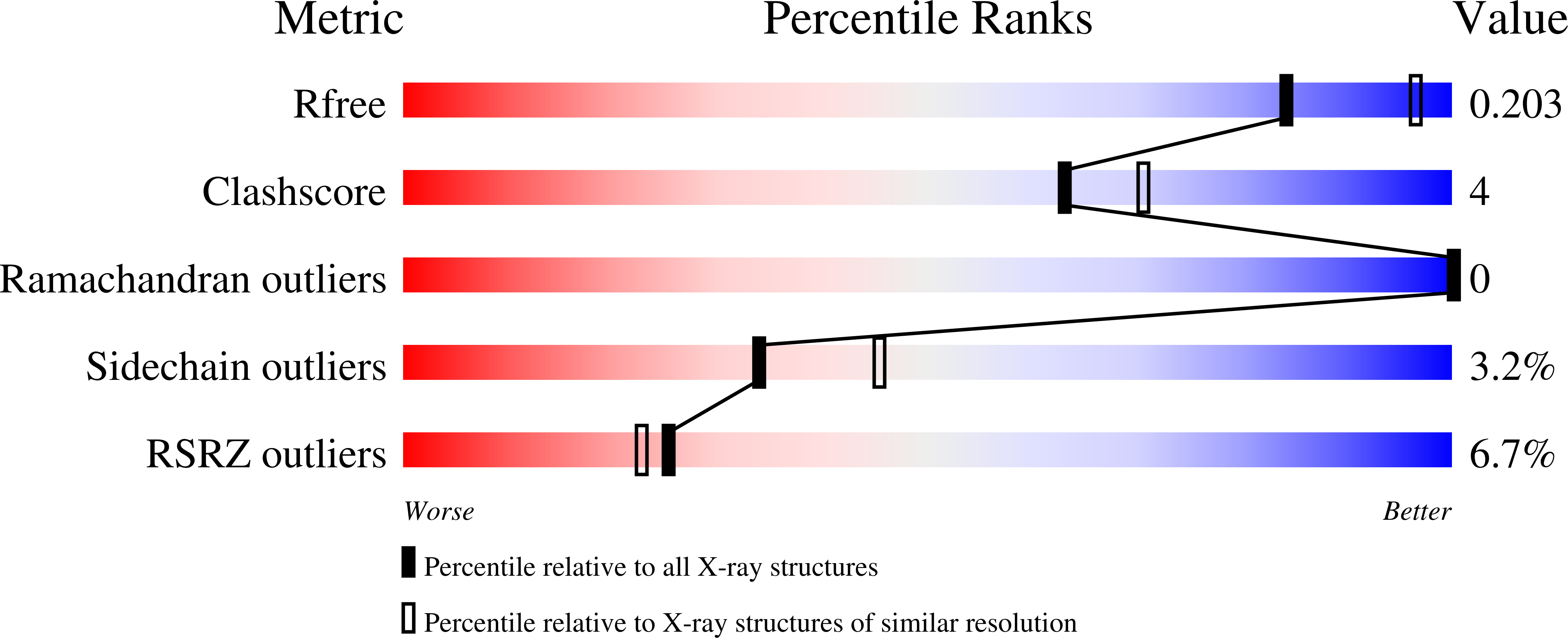
Deposition Date
2024-02-19
Release Date
2024-09-04
Last Version Date
2024-09-04
Entry Detail
PDB ID:
8S3C
Keywords:
Title:
Crystal structure of Medicago truncatula glutamate dehydrogenase 2 (unliganded)
Biological Source:
Source Organism:
Medicago truncatula (Taxon ID: 3880)
Host Organism:
Method Details:
Experimental Method:
Resolution:
2.20 Å
R-Value Free:
0.20
R-Value Work:
0.17
R-Value Observed:
0.17
Space Group:
C 2 2 21


